Soolantra Cream: The Real Deal for Rosacea and Skin Mite Troubles

If you've ever looked in the mirror and noticed those stubborn red bumps or unexplained redness popping up on your cheeks, chin, or forehead, you're far from alone. Rosacea isn't just a flush that appears during awkward moments—it's a chronic condition that sticks around, nags at your confidence, and can drive you up the wall. And when over-the-counter options feel useless, it’s tempting to toss out every cream in your bathroom. Enter Soolantra, a prescription remedy that's become a game-changer for thousands struggling with persistent red faces. But what makes Soolantra stand out, and why are dermatologists so quick to reach for this tube?
What is Soolantra Cream?
Soolantra cream is not your regular skin lotion. This prescription-only product contains ivermectin, which gained a bit of internet fame (and notoriety) during the pandemic, but it’s no newcomer in the medical world. It's been used for decades to treat parasitic infections, except now it's whipped into a silky cream that targets the skin's surface. Soolantra 1% cream is FDA-approved for the treatment of rosacea, specifically the kind that brings pimple-like bumps and nasty redness.
Ivermectin in Soolantra works two ways. First, it delivers a strong anti-inflammatory punch. Those angry, red flare-ups? Soolantra calms them down by taming your immune system’s overreaction. Second, it takes a jab at Demodex mites, which are microscopic freeloaders living on everyone’s skin but especially thriving on people with rosacea. Dermatologists point to the 2015 phase III trials, showing that folks using Soolantra had about 65% fewer inflammatory lesions after 12 weeks, blowing older treatments like Metronidazole out of the water. It's not magic—just science, working overtime.
The cream is white, fragrance-free, and heavier than some lightweight moisturizers, but it absorbs quickly without leaving grease behind. This simple texture means people tend to stick with it, which is huge. If you can’t stand the feel of a product, you’ll end up ghosting your skincare routine before it helps.
How Soolantra Tackles Rosacea and Skin Mites
Here’s where things get weird: Demodex mites. Nearly everyone has them chilling on their face and scalp, but studies show people with rosacea might have up to 18 times more mites than those without. Sounds creepy, right? These little creatures aren’t visible to the naked eye, but when their population explodes, you get inflamed bumps, redness, and irritation. Soolantra steps in here by killing the mites and reducing the resulting inflammation, two birds with one cream.
Let’s dig into the data for a second. According to a 2018 clinical trial published in the Journal of Drugs in Dermatology, Soolantra started reducing mite counts and inflammatory lesions after just two weeks, with visible skin improvements showing in most subjects by week four. Compare that to some older rosacea treatments—like topical antibiotics or azelaic acid—that can take three months or more to even hint at improvement.
The most interesting bit? Soolantra doesn’t just treat the bumps—it helps the skin barrier heal, reduces sensitivity, and even brings relief to those who suffer from burning or stinging sensations. Several users on rosacea forums report a noticeable drop in flare-ups within six weeks, especially when paired with gentle skincare—no harsh scrubs or alcohol-based toners allowed.

How To Use Soolantra for Best Results
Ready for a no-nonsense Soolantra game plan? Grab your prescribed tube and apply a pea-sized amount once daily, ideally in the evening, onto clean, dry skin. Spread it evenly—no need to slather. Most doctors suggest washing your face with a gentle cleanser, patting it completely dry, waiting a few minutes for any lingering dampness to evaporate, and then smoothing on the cream.
Consistency is your best friend here. Soolantra works best when it’s used every single day—even if your skin starts looking better after a few weeks. Don’t panic if you don’t see results overnight. A typical timeline looks like this: mild improvement in two weeks, more visible changes around weeks four to six, and full benefits by week twelve. Here’s a quick tip: don’t layer lots of actives (like benzoyl peroxide or retinol) with Soolantra. Keep it simple—a gentle face wash, Soolantra, and maybe a bland moisturizer if you need it.
Watch out for a tiny number of users who hit a rough patch (literally) in the first couple of weeks—more redness, maybe some stinging. It’s called "transient irritation" and usually backs off within a fortnight as your skin adjusts. If it worsens or causes swelling, check with your dermatologist. Almost everyone else finds the cream polite and non-irritating after the first days.
- Use only on affected areas; no need to slather it all over healthy skin.
- Skip it on days when your skin is sunburned, cracked, or freshly exfoliated.
- If you miss a dose, just pick it up again the next day—don’t double up.
- Pair with gentle SPF every morning, as your skin can get sun-sensitive during rosacea treatments.
- Don’t expect instant perfection, but don’t quit short of the 12-week mark—it truly brings out its full potential with patience.
Side Effects, Safety, and What to Expect
Soolantra scores pretty well on the safety charts. Most people experience zero or minimal side effects. Common complaints are mild and temporary—think of slight burning, itching, or dryness in the first few weeks. Only about 2% of users dropped out of clinical studies due to side effects, and serious reactions are nearly unheard of.
If you notice hives, swelling, or trouble breathing (very rare stuff), stop using it and get medical help. Soolantra isn’t meant for eyes, lips, or inside your nose. Wash your hands after you use it, or you might feel a bit of numbing—ivermectin is, after all, a potent molecule. There isn’t enough evidence for using Soolantra in children (it’s approved for those 18 and up), and while there’s no strong data showing fetus toxicity, you should talk to your doctor if you’re pregnant or breastfeeding.
It’s not addictive, won’t thin your skin, and it plays nicely with most prescription rosacea treatments (but always tell your dermatologist what else is in your routine). A tiny slice of users might get extra dry or mild breakouts in the first month—usually, this passes. Keeping the rest of your skincare routine gentle helps you avoid any drama. If in doubt, patch test—dab a little behind your ear and check for angry reactions.
| Data Point | Soolantra (Ivermectin) Cream |
|---|---|
| FDA Approval | 2014 (U.S. for rosacea) |
| Effective Against | Inflammatory rosacea, Demodex mites |
| Main Side Effects | Mild irritation, burning, itching (usually temporary) |
| Recommended Age | 18+ |
| Success Rate (12-week studies) | 65% reduction in inflammatory lesions |
| Formulation | 1% ivermectin in emollient cream |
| Prescription Needed? | Yes |
| Suitable For | Most adults with papulopustular rosacea |

Pro Tips for Getting the Most Out of Soolantra
So you’ve got your cream—how do you make sure it earns its keep? Number one: don’t mix heavy-duty actives together. The fewer products that touch your rosacea-prone skin, the less chance of irritation. If you want to add extra moisture, grab a bland, fragrance-free moisturizer. Cetaphil and Vanicream get lots of praise from rosacea communities.
It’s also smart to change your pillowcase every few days. This isn’t just about hygiene—Demodex mites and residual cream can build up and irritate your skin. Avoid anything that heats up your face for long periods, like hot showers, spicy foods, or super-hot drinks. Sunlight is another common trigger, so don’t skip SPF. Zinc oxide-based sunscreens tend to be less irritating and are a safe bet alongside Soolantra.
If you’re a makeup fan, stick to mineral-based powders and avoid anything labeled as waterproof—these formulas can cling to skin and breed irritation. If your skin feels tight or flaky, try adding a rice-sized amount of barrier ointment (think CeraVe Healing Ointment) right after the cream dries. This seals in moisture and helps prevent dryness.
- Don’t go rogue and stop using Soolantra as soon as spots clear—rosacea is a long game, so maintenance is key.
- Refrigerating Soolantra won’t make it work better, but storing it away from direct heat and light helps it last.
- Join a rosacea support group online if you want tips, before-and-after pics, or just someone who gets your struggle.
- If you need to shave your face, do it before applying Soolantra—not after—and use only fragrance-free, gentle shaving products.
Soolantra has won its place on medicine cabinets from London to Los Angeles for a reason. It doesn’t just chase away the surface bumps—it goes deeper, cutting down mite populations and restoring skin’s natural calm. The secret? Patience, consistency, and a bit of common sense in your skincare routine. If you’re tired of dodging mirrors and camera phones because of red, bumpy skin, it might be time to talk to your dermatologist about bringing Soolantra into your life.

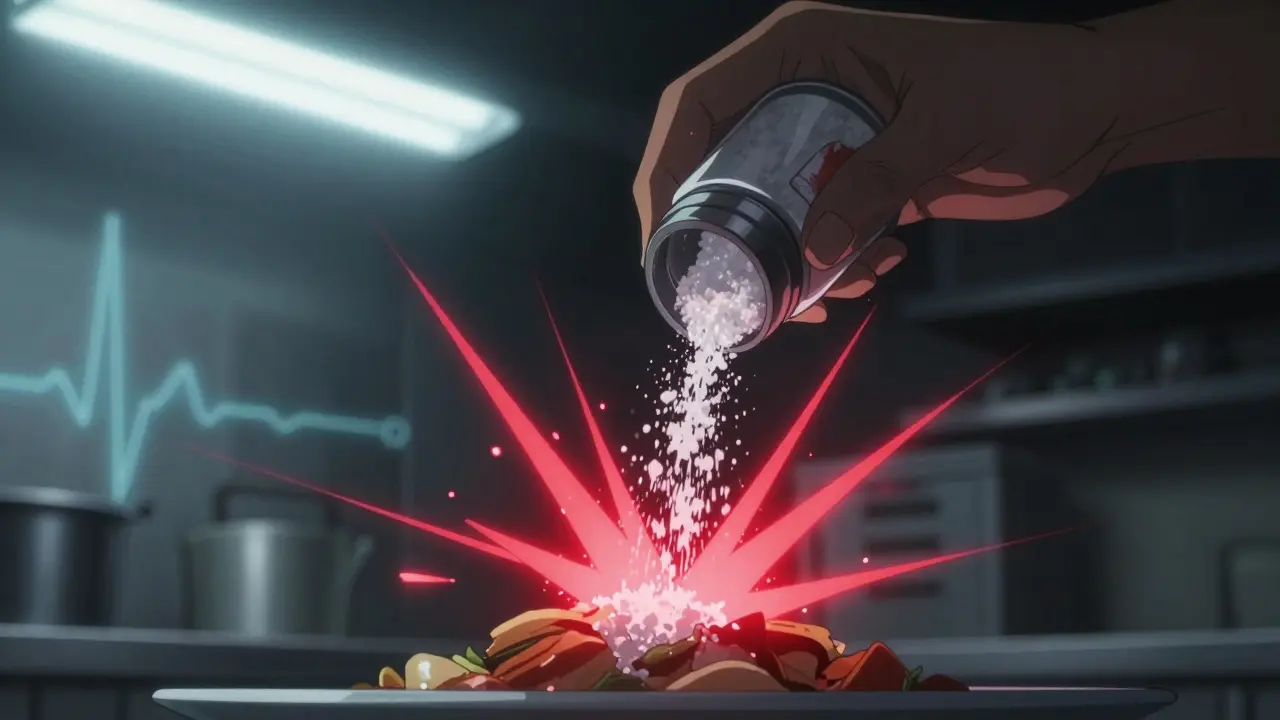
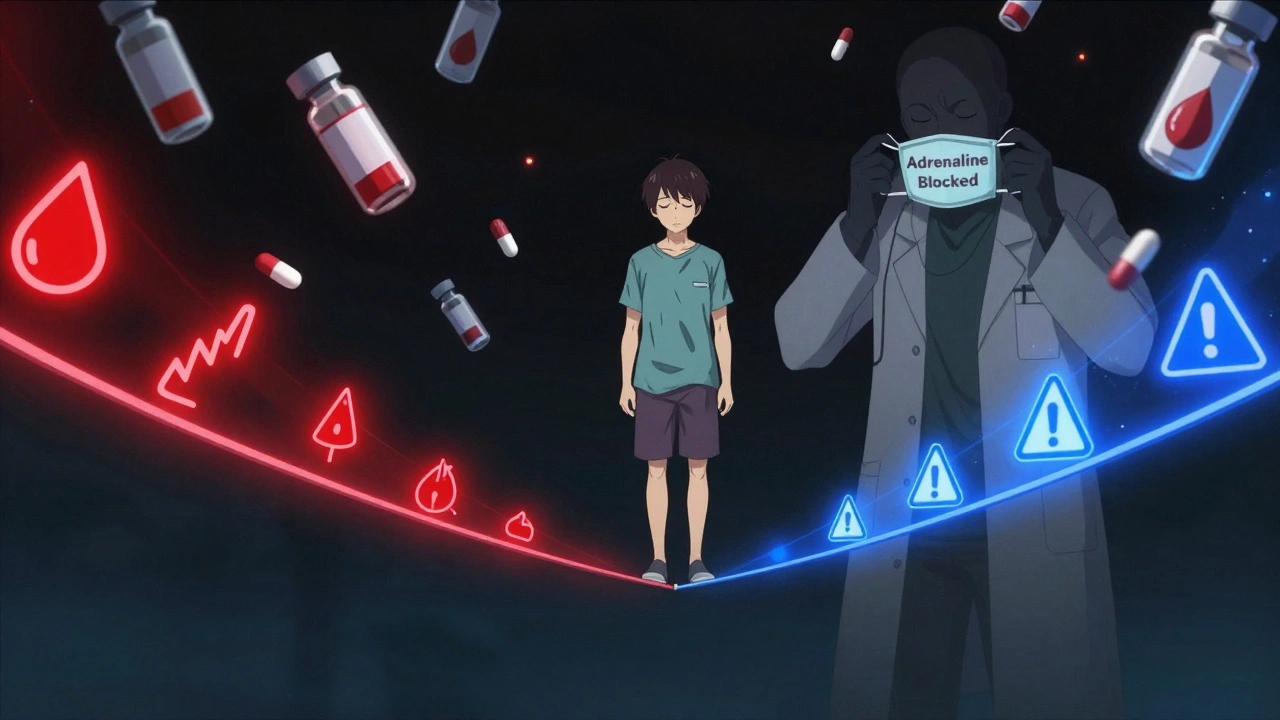
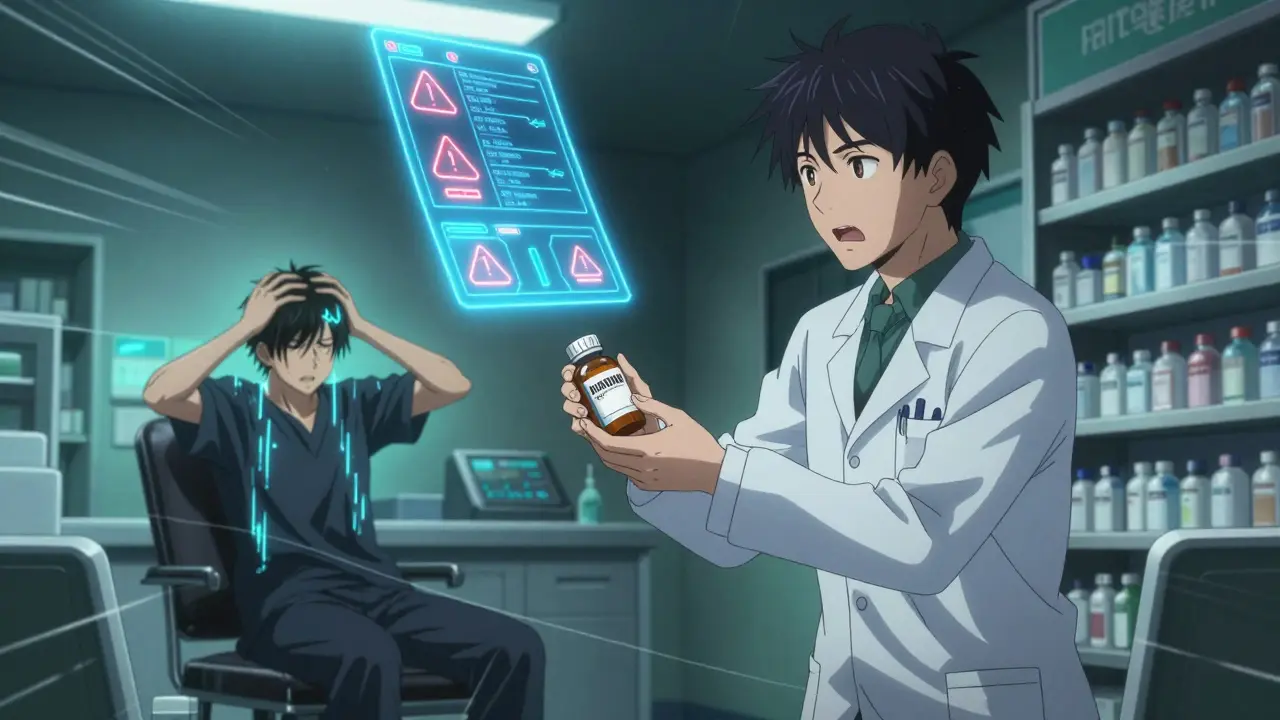
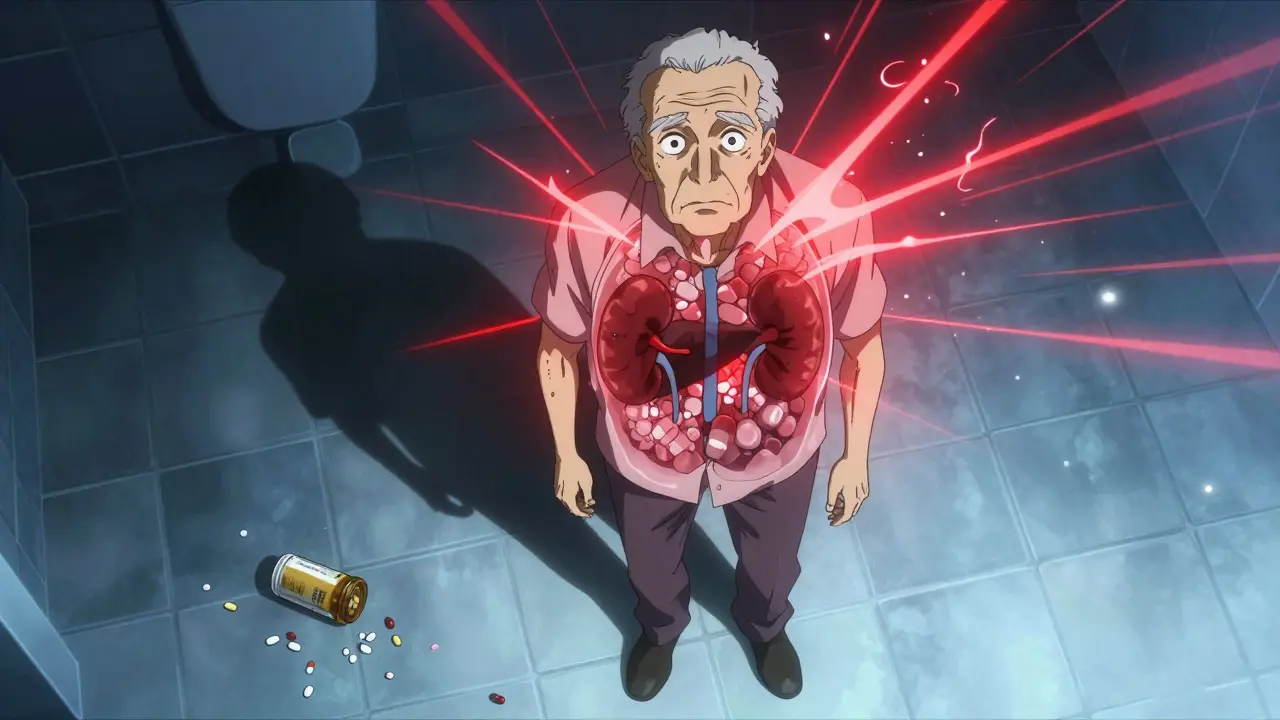
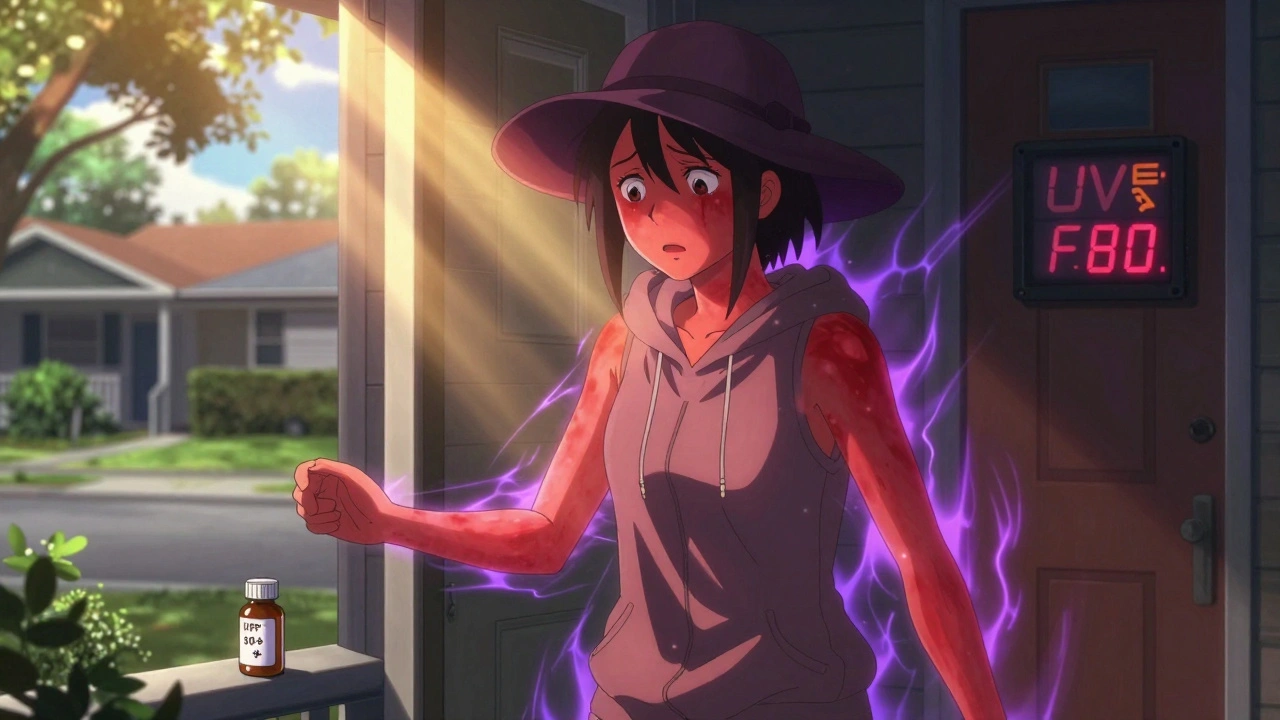
Comments
Kyle Garrity
August 3, 2025 AT 18:00I get why dealing with rosacea feels like a constant battle against an invisible foe. The redness, the bumps, the self‑conscious stare into every mirror can wear anyone down. It’s especially frustrating when over‑the‑counter creams do nothing but sit on the skin like a cheap band‑aid. That’s why hearing about Soolantra’s dual action-calming inflammation while knocking down Demodex mites-feels like a breath of fresh air. The clinical data showing a 65 % drop in lesions after twelve weeks is a solid benchmark that helps set realistic expectations. But numbers alone don’t capture what it’s like to finally see the skin tone even out after months of feeling embarrassed. Many users report that the first two weeks feel a bit like a rough ride, with mild stinging that quickly fades as the skin adjusts. Patience is key; stopping treatment early often means the mites come back and the inflammation returns. Adding a gentle, fragrance‑free moisturizer can cushion that early irritation and keep the barrier happy. And don’t forget about sunscreen-zinc‑oxide formulas tend to be the least aggravating for rosacea‑prone skin. If you’re already on a regimen that includes topical antibiotics or azelaic acid, talk to your dermatologist before stacking actives; the goal is to keep the routine simple, not chaotic. Consistency-applying that pea‑sized amount every evening-creates a steady environment where the cream can do its work. It’s also worth noting that the cream’s texture is thicker than a typical moisturizer, which some people find comforting because it feels like a protective layer. For those who are sensitive to fragrance, the lack of added scent in Soolantra is a major plus. If you’ve been tempted to quit after a few weeks because you don’t see immediate miracles, remember that skin remodeling is a marathon, not a sprint. In the end, many patients describe the feeling of finally looking in the mirror and seeing a calmer face as life‑changing, and that’s a result worth the disciplined approach.
brandon lee
August 3, 2025 AT 20:47Looks like Soolantra actually does what it says. No fancy hype just solid results. I’ve seen a few friends switch and they’re happy.
Joshua Pisueña
August 3, 2025 AT 23:34Give it a go and stick with it! Consistency beats occasional over‑the‑counter fixes every time. Trust the science and let your skin breathe, you’ll see the change.
Ralph Barcelos de Azevedo
August 4, 2025 AT 02:20One must acknowledge that while Soolantra offers a pharmacological advantage, it does not absolve patients from maintaining disciplined skin‑care habits. The moral responsibility lies in adhering to prescribed usage and not seeking shortcuts. Ignoring this principle undermines the therapeutic intent.
Peter Rupar
August 4, 2025 AT 05:07Honestly this whole rosacea thing is just a *real* problem that people pretend isnt serious. Soolantra is definetly a step up from the cheap crap on shelves. If u dont use it right you prolly wont see anythng, so follow the doc!
Nikita Shue
August 4, 2025 AT 07:54Hey folks, just wanted to shout out that staying consistent with Soolantra is the real game‑changer. Even if you feel a tiny sting at first, that’s just the skin adjusting. Keep the routine simple and trust the process.
Heather McCormick
August 4, 2025 AT 10:40Oh great, another “miracle” cream from the US pharma machine. As if we needed more corporate propaganda. Of course it works-if you’re lucky enough to afford the prescription. But hey, let’s all pretend it’s a universal solution.
Robert Urban
August 4, 2025 AT 13:27I hear the concerns and the hype, and I think a balanced approach is best. Soolantra can help, but it’s not a silver bullet. Keep the routine gentle and listen to your skin.
Stephen Wunker
August 4, 2025 AT 16:14If we look deeper, the debate about Soolantra mirrors the age‑old conflict between quick fixes and long‑term discipline. Is a cream truly a cure, or merely a catalyst for a larger philosophical shift in how we treat our bodies?
Jhoan Farrell
August 4, 2025 AT 19:00Sending you positive vibes 🙌🏻. If you’re scared of the early itch, it usually passes. Keep an eye on how your skin feels and stay hopeful 😊.
Jill Raney
August 4, 2025 AT 21:47Some say the big pharma’s push for Soolantra is part of a larger agenda to keep us dependent on prescription meds. 🤔 Just another piece in the grand scheme, if you ask me.
bill bevilacqua
August 5, 2025 AT 00:34Honestly,, the whole thing is over‑hyped,, you know??,, If you want a quick fix,, just stick to what works for you,, and don’t get swayed by fancy marketing,,.
rose rose
August 5, 2025 AT 03:20They’re hiding something. Watch the ingredients.
Emmy Segerqvist
August 5, 2025 AT 06:07Unbelievable!!!